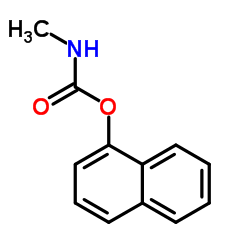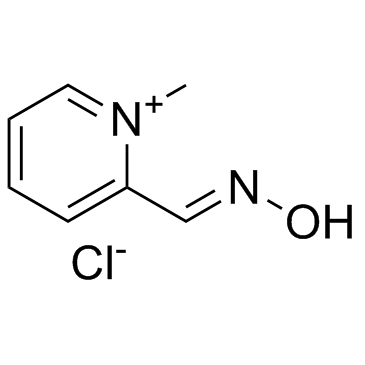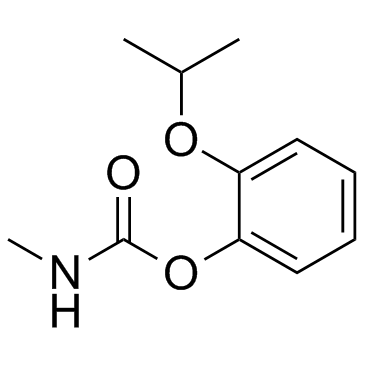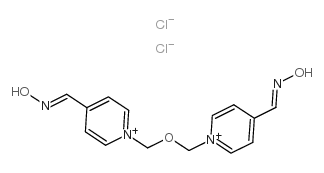| Structure | Name/CAS No. | Articles |
|---|---|---|
 |
carbaryl
CAS:63-25-2 |
|
 |
2-Pyridinealdoxime methochloride
CAS:51-15-0 |
|
 |
Propoxur
CAS:114-26-1 |
|
 |
Obidoxime dichloride
CAS:114-90-9 |